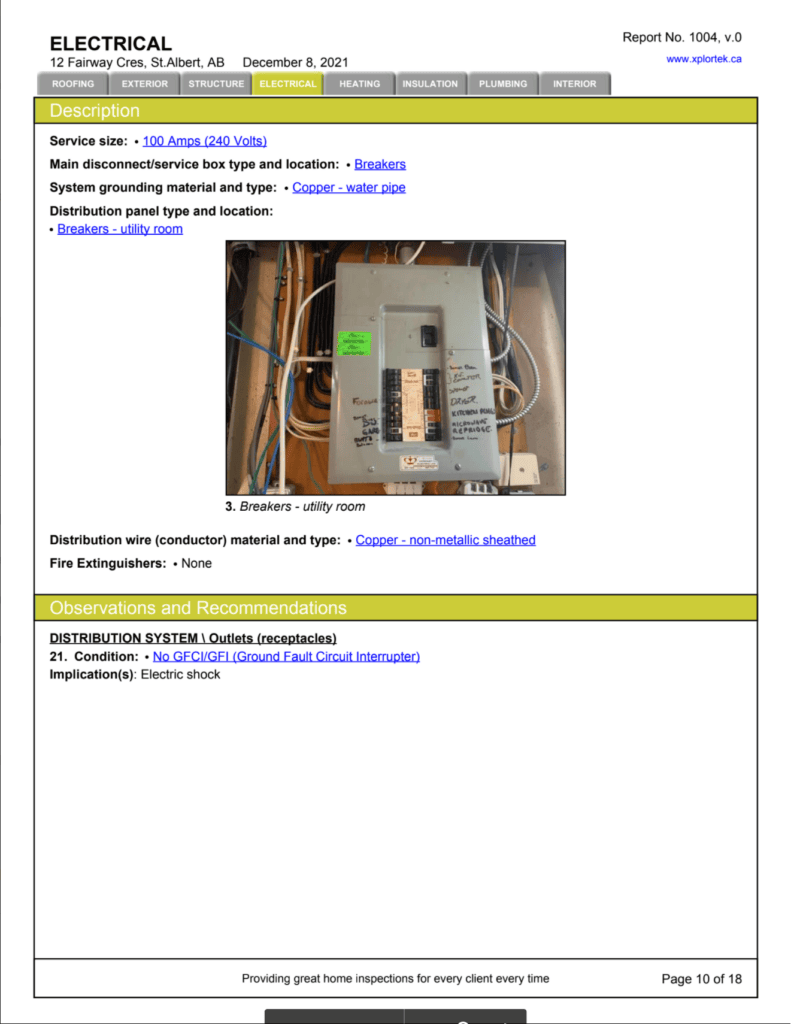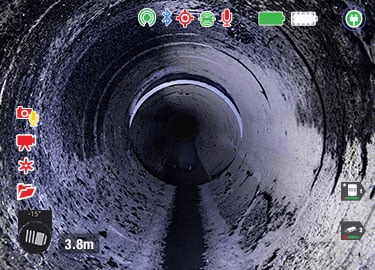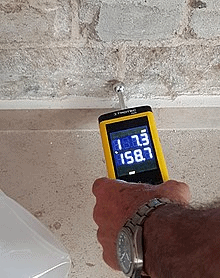What does a home inspection typically cover in Edmonton?
A home inspection is a thorough examination of a property’s condition, typically conducted by a qualified inspector. While the specifics can vary depending on the inspector and the region, a comprehensive home inspection generally covers the following areas:
- Structural Components: This includes examining the foundation, walls, ceilings, floors, roof, and overall structural integrity of the property.
- Exterior Evaluation: Inspectors assess the exterior components such as the siding, trim, windows, doors, decks, balconies, and other exterior features.
- Roof and Attic: Examination of the roof’s condition, including its materials, integrity, and potential issues like leaks or damage. Attic inspection for proper insulation, ventilation, and signs of leaks.
- Plumbing System: Checking the plumbing fixtures, pipes, water heater, water pressure, drainage, and sewage systems for any leaks, damage, or functionality issues.
- Electrical System: Inspecting the electrical panels, wiring, outlets, switches, and verifying if they meet safety standards and code requirements.
- HVAC (Heating, Ventilation, and Air Conditioning): Evaluating the heating and cooling systems, checking for proper functioning, and assessing the condition of equipment like furnaces, air conditioners, and ductwork.
- Interior Elements: Assessing the interior components of the home, such as walls, ceilings, floors, stairways, railings, and evaluating for any structural issues or safety concerns.
- Insulation and Ventilation: Checking insulation levels in the walls, attic, and crawl spaces. Examining ventilation in areas like bathrooms, kitchens, and attics to ensure proper airflow.
- Appliances: Some home inspections may include checking major appliances included in the sale, such as the stove, dishwasher, microwave, etc., to ensure they are in working order.
- Environmental Concerns: While not always part of a standard inspection, additional checks might include radon testing, mold inspection, or assessment of other environmental hazards based on specific regional risks.
- General Safety Checks: Assessing the property for safety hazards, like the presence of carbon monoxide, smoke detectors, proper railings on stairs, and other safety features.
After The Edmonton Home Inspection Is Complete. Take Action.
After the inspection, the inspector provides a detailed report outlining their findings, often including photographs and descriptions of any issues discovered. This report helps buyers make informed decisions about the property and negotiate repairs or price adjustments with the seller.







